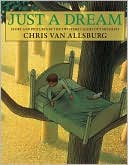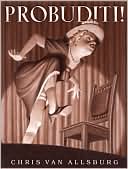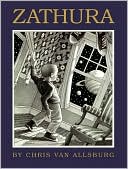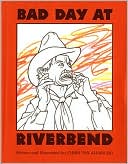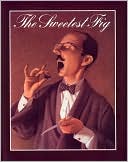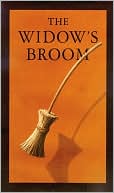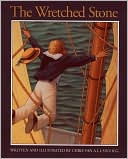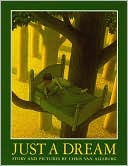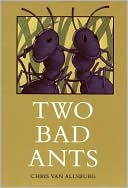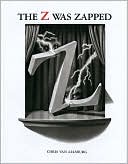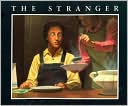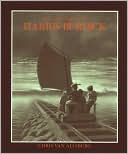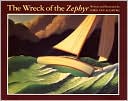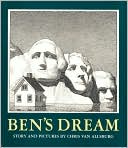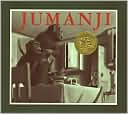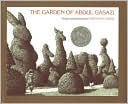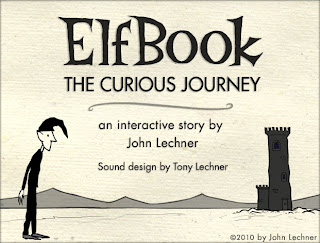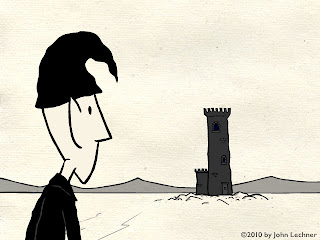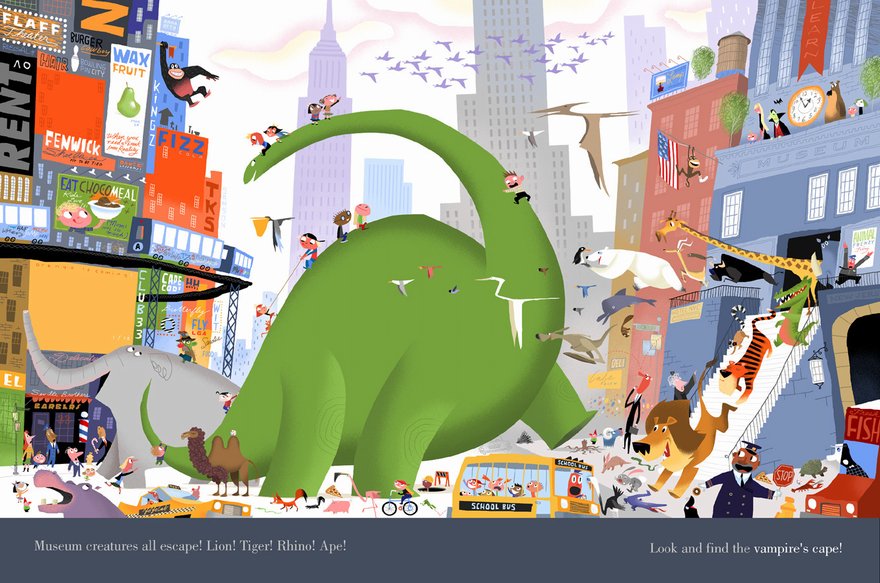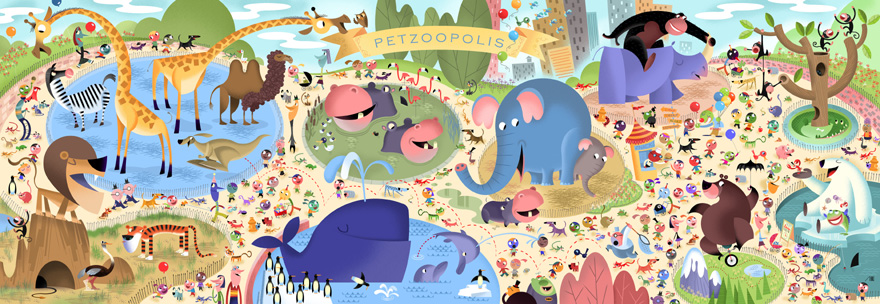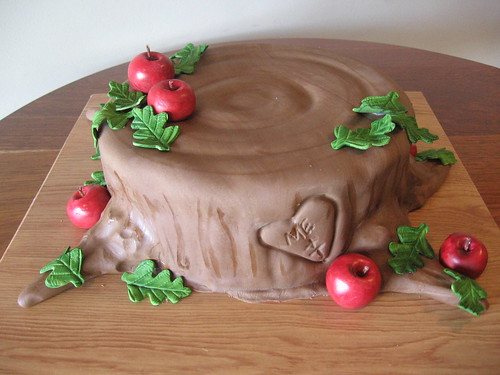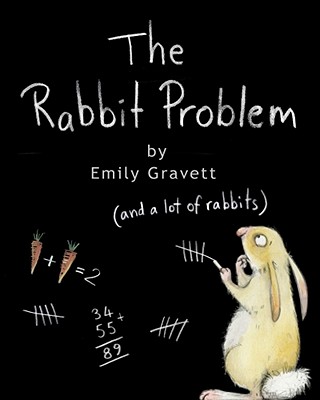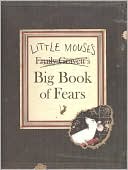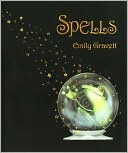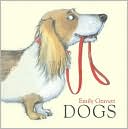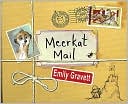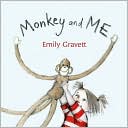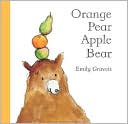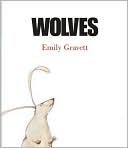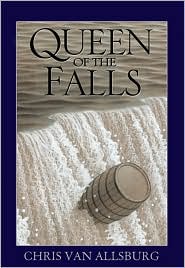
Chris Van Allsburg is the first picture book illustrator and author I discovered as an adult and he will always be a pillar of the craft for me, whether I like his newest book or not. For me, my favorites of his books define all that is magical, wonderful, complex and profound in the world of picture books. Everyone knows The Polar Express, but I urge you to seek out his other books and read them with your children if you are not already familiar with them. A few of my favorites are The Mysteries of Harris Burdick (a great story-starter,) Two Bad Ants, The Wreck of the Zephyr, The Widow's Broom and The Stranger. Queen of the Falls, the true story of the first person, a woman, to go over Niagra Falls in a barrel and survive, will be Van Allsburg's 17th picture book.

In 1989, Mark Helprin and Chris Van Allsburg published the first book in their trilogy, Swan Lake. The Veil of Snows came out in 1993 and A City in Winter in 1996. I don't know if anyone actually read these books when they were first released. I could only find a meager handful of amateur reviews of the books and, while I bought books 2 and 3 and thoughtfully inscribed to my son in 1997 when he was 3 months old, I never got around to reading them to him or on my own. The snippets of information I could find about the trilogy make it sound compelling - a retelling of Swan Lake in which a young girl, exiled from her kingdom, realizes that she is the child of Odette and the Prince. There is actually a pretty good synopsis of A City in Winter at Wikipedia. Now, almost twenty years later in a time when many adult authors are writing books for children and when the popularity of the fantasy genre has made stories filled with darkness the norm, I think that this trilogy will find a new audience - especially at a time when fairy tales and retellings are experiencing a renewed popularity in young reader and young adult fiction. The three books in one, now called A Kingdom Far and Clear, is 320 pages long and contains 39 illustrations by Van Allsburg.


Here is a list of Chris Van Allsburg's book in order of publication date, newest to oldest. I begin with Just a Dream, which actually came out in 1990, because it is the FIRST book by the author to be released in paperback, due in March, 2011. Van Allsburg won a Caldecott Honor in 1979 for his first book, The Garden of Abdul Gazazi. He won the Caldecott in 1981 for Jumanji and 1985 for Polar Express. Van Allsburg is second only to David Wiesner who won the Caldecott in 1992 for Tuesday, 2002 for The Three Pigs and 2007 for Floatsam. Wiesner won the Caldecott Honor in 2000 for Sector 7.
